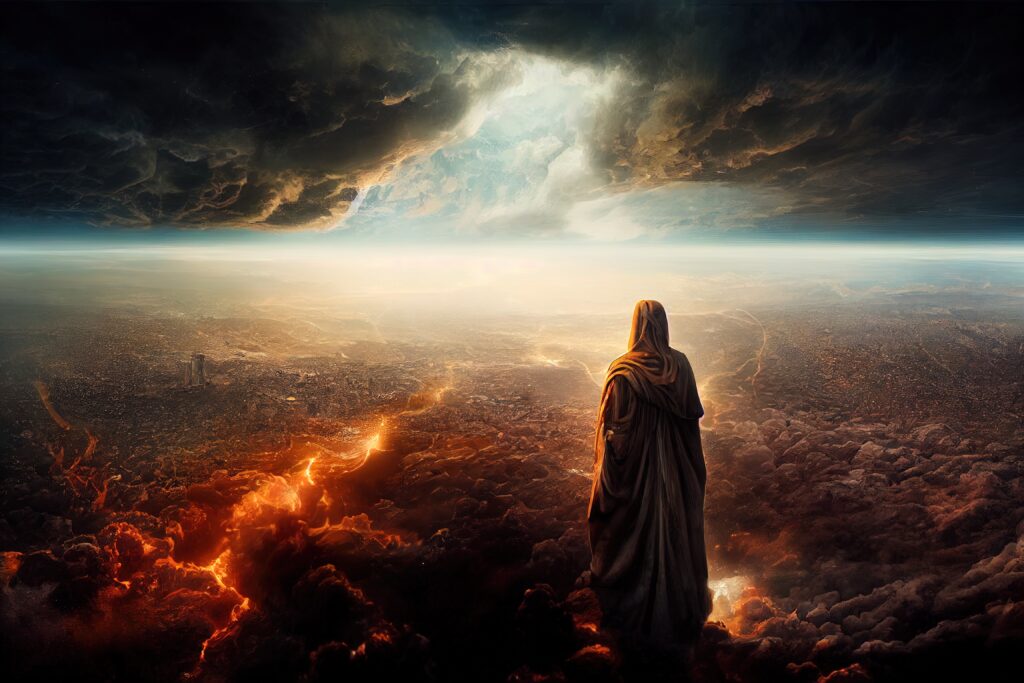
Despite Your Present Circumstances Victory is Yours.
“As I watched, the Lamb broke the first of the seven seals on the scroll.[a] Then I heard one of the four living beings say with a voice like thunder, “Come!” 2 I looked up and saw a white horse standing there. Its rider carried a bow, and a crown was placed on his head. He rode out to win many battles and gain the victory.” – Revelation 6:1-2. NLT
It is clear that Revelation 6 builds on the throne scene of chapter five. The Lamb takes the book in chapter five and begins to break its seals. But a question arises, are the seals the content of the book itself? Or are the contents only revealed when all seven seals are broken? This is crucial for anyone who wants to understand the passage.
If the book is a scroll, shaped like a rolling pin, the seals would be placed outside the “book” and would have to be broken before the book could be read. If the book is a codex, with sheets of paper bound together on one side, you could conceivably seal or tape up the book into seven sections that could be opened one at a time.
While the codex form was invented around the time of Revelation, Jews still use the scroll form for their Bibles up to this day. Christians, shortly after the time of Revelation switched to the new codex/book form.
So, Scroll or book? Fortunately, John does not leave us in any doubt. In Rev 6:14, he says, “The sky was split open like a scroll being rolled up.” The word for “scroll” in 6:14 is the same word used for the sealed scroll of chapter 5. The sealed scroll, therefore, is clearly not a codex. With a scroll, the seals would have to be completely broken before you could read anything inside. Since the events in Revelation 6 are related to the breaking of the seals, they do not describe the content of the scroll itself; they are things that have to take place before the scroll can be opened.
Who is this rider on the white horse? The symbols seem to consistently point in the same direction. First of all, the horse is white in colour. Throughout the book of Revelation, the colour white always refers to the things of Christ and His people. Revelation talks about white robes, white hair, white garments, a white throne, a white cloud, and a white stone. Nowhere in scripture does it ever attribute the colour white to antichrist or an evil person. When Jesus returns, He is sitting on a white horse. “Then I saw heaven opened, and a white horse was standing there. Its rider was named Faithful and True, for he judges fairly and wages a righteous war.” Rev 19:11 NLT. The same is true for the “victory crown” (Greek: stephanos) that the rider wears. It always applies to Christ and His church.
While the language of conquering might seem to reflect something negative, it is primarily a spiritual term in Revelation. In fact, up until chapter six, the Greek word for conquering always refers to Christ and his people (“to the one who overcomes I will give. . .”). The word “conquer” in Revelation refers to overcoming in spiritual matters (Rev 5:5; 12:11).
The rider on the white horse, therefore, represents the gospel of Jesus Christ, beginning with His enthronement in heaven (Rev 5) and continuing until the very end. Passing on that gospel is now the major activity of God’s people on earth.
The scene of the first seal describes the spread of the gospel, which started powerfully at Pentecost. Through the dispersion of the gospel, Christ began expanding His kingdom. Prophetically, the scene of the first seal corresponds to the message to the church at Ephesus; it describes the apostolic period of the first century during which the gospel spread rapidly throughout the world.
We should always remember that, in Christ, we are on the winning side, regardless of what might be our immediate circumstances. Despite what might be going on in your life, you have the victory in Christ our Lord.
The seven churches had given us a look inside the church, now we will see the political/worldly response to the gospel. An outside look so to speak.
